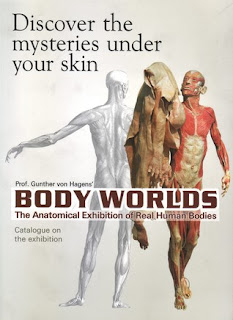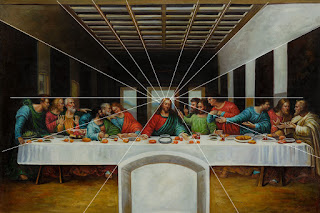Week 4: Medicine + Technology + Art

The medical fields, particularly human anatomy, have always fascinated artists. Understanding human body structure components such as the skeleton and muscles is an essential skill for many art students. One modern example of how art and medicine intertwine is the BODY WORLDS exhibit, a touring art gallery that features perfectly preserved human organs and bodies. This special exhibition is in fact the product of a long history of medical technology. Specifically, Gunther von Hagens’s plastination technique (discovered in 1979) made it possible to preserve biological tissue specimen using polymer mixtures. This type of art reflects on society’s changing perceptions of human anatomy. From analyzing individual cadavers to creating databases on systems of microbial organisms in the body, medical technology continues to inspire revolutionary pieces of art (Vesna, 2012). (The book cover of Gunther Von Hagens's Body Worlds Catalog, first publis...


